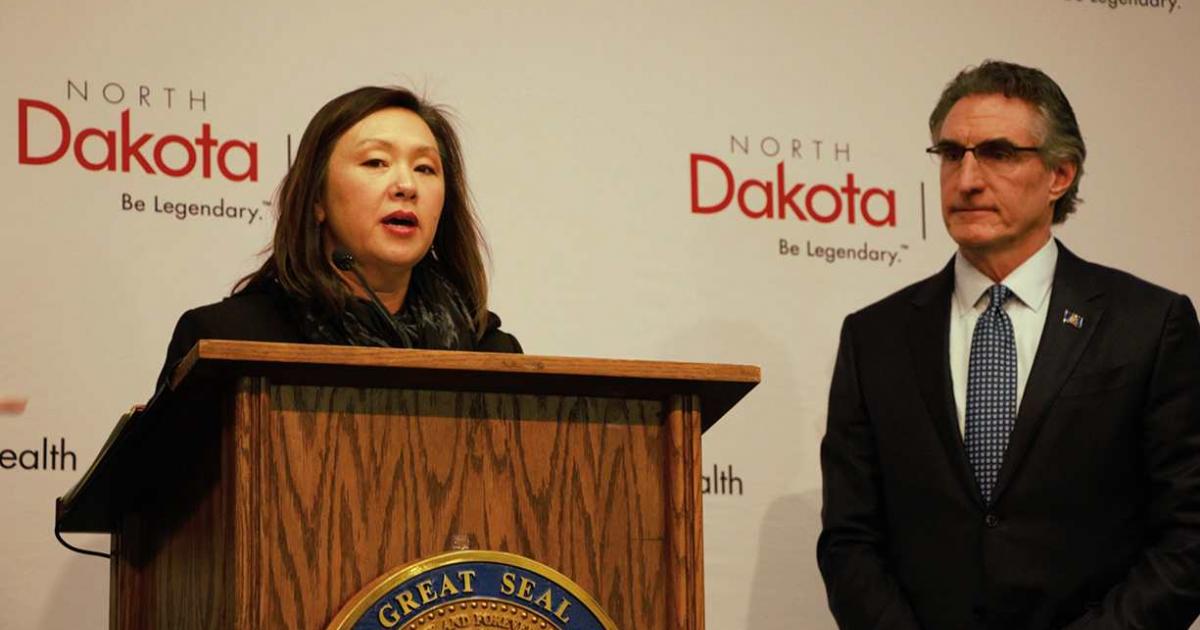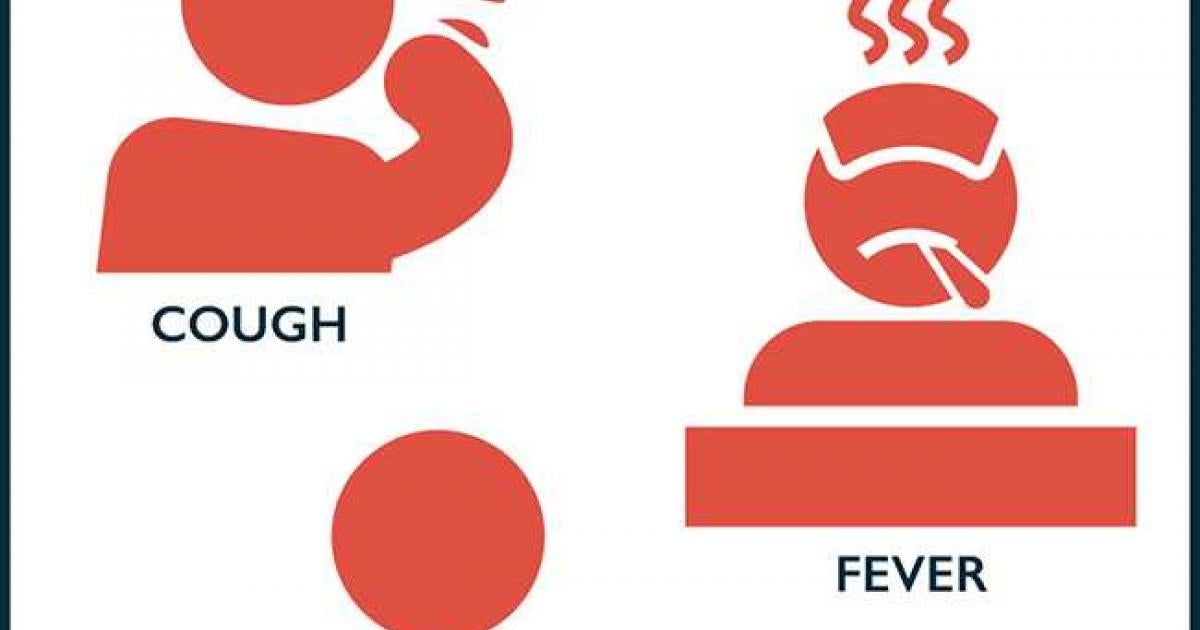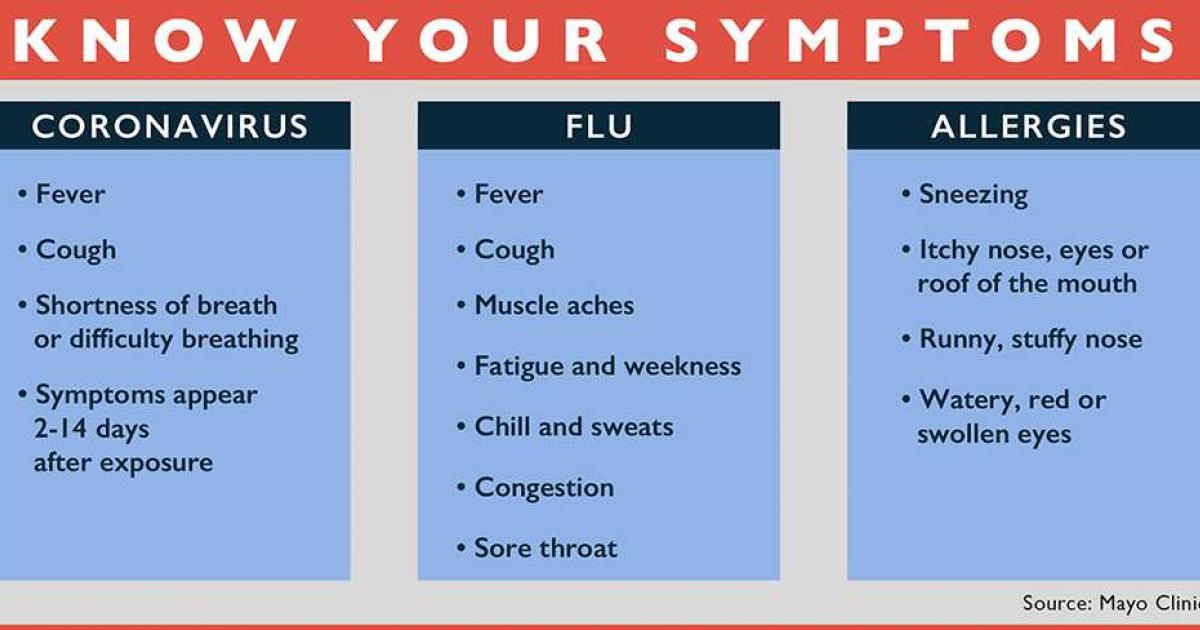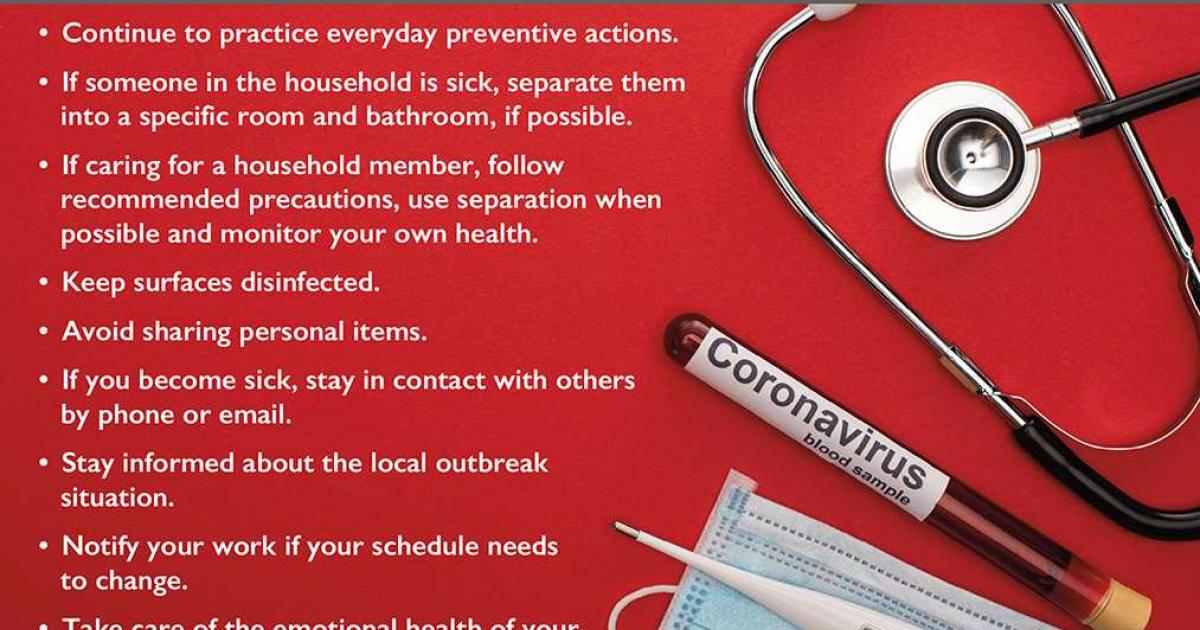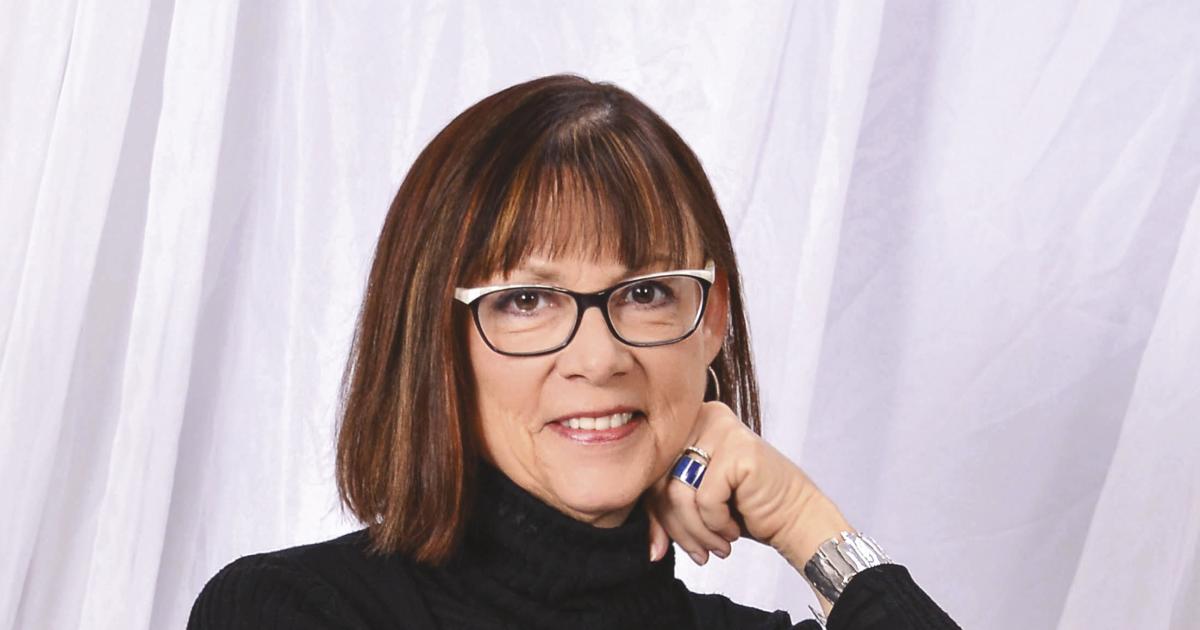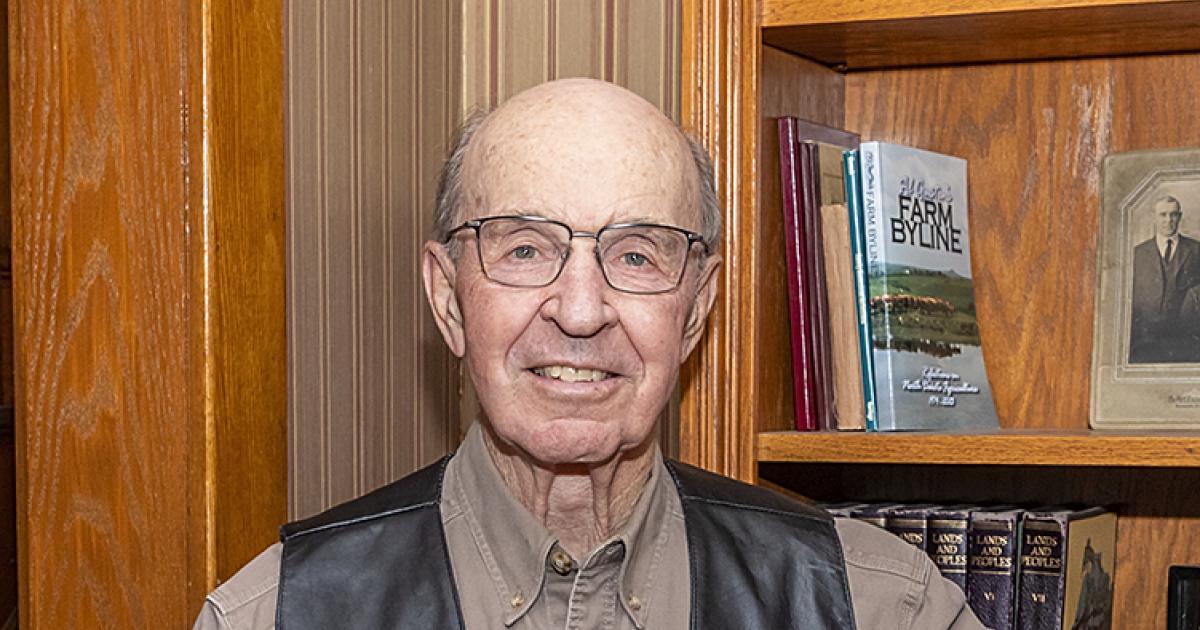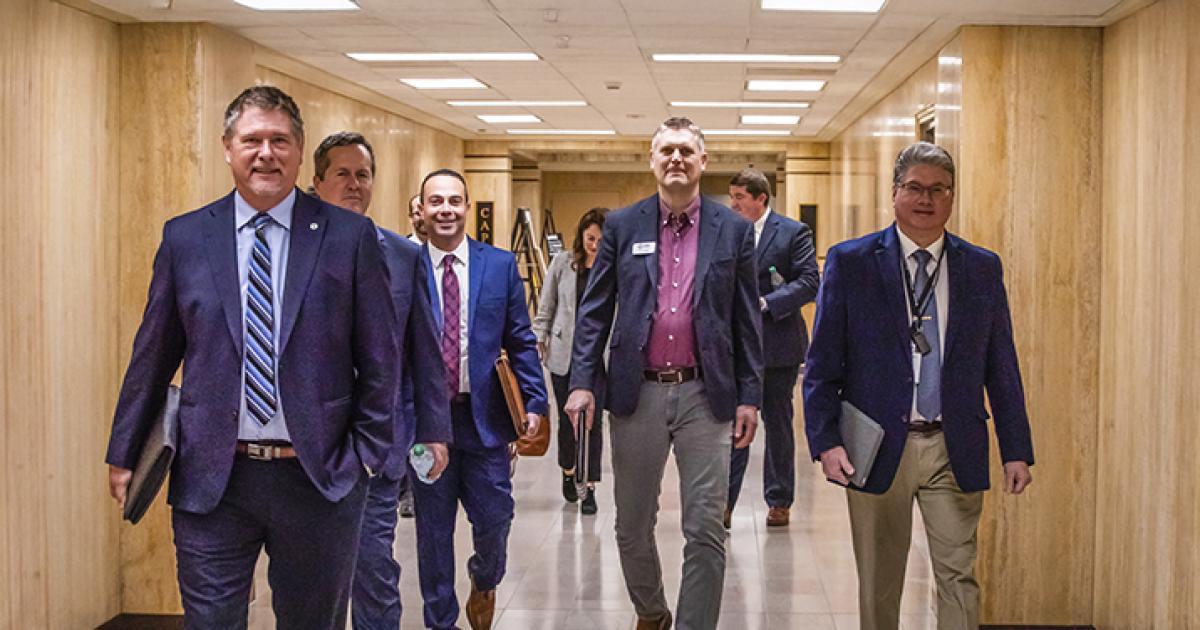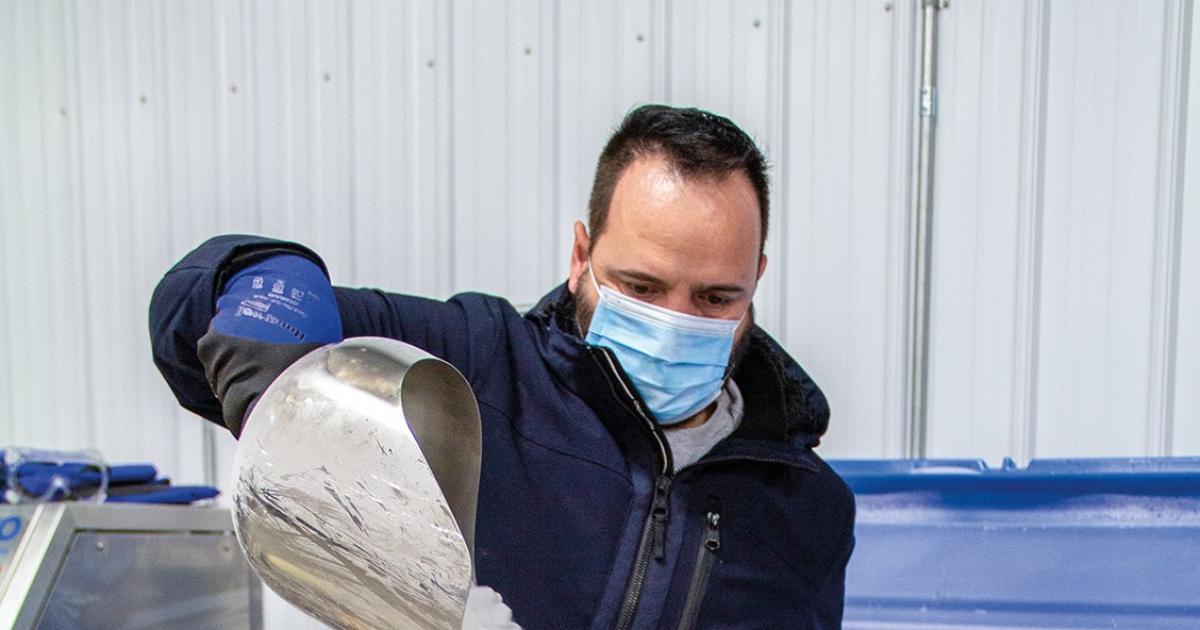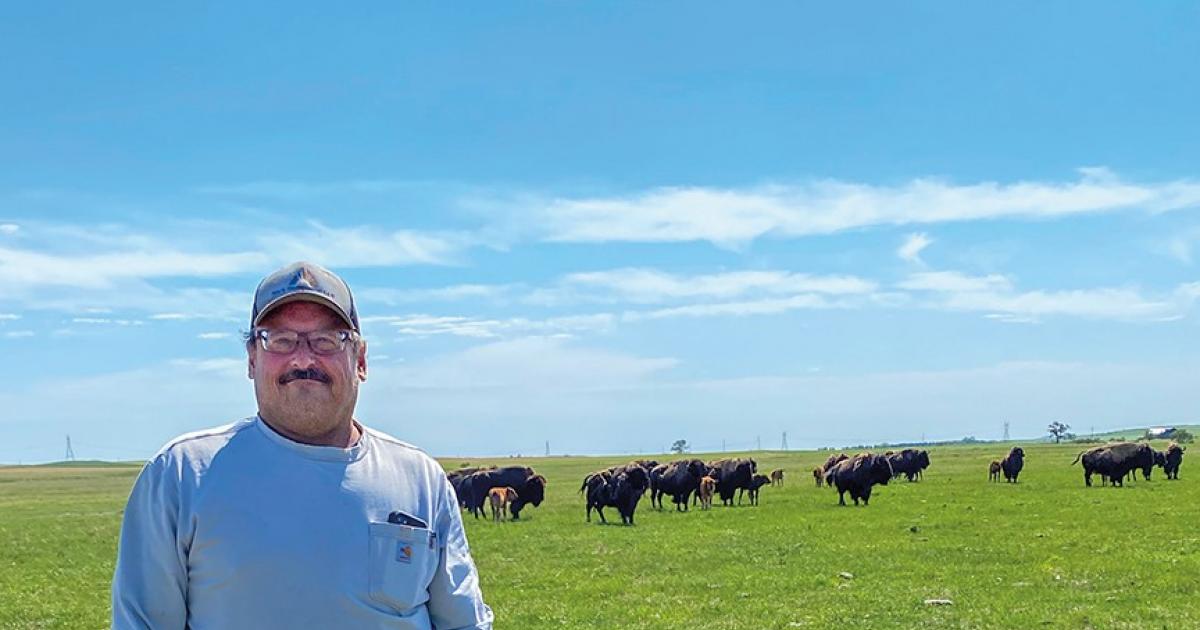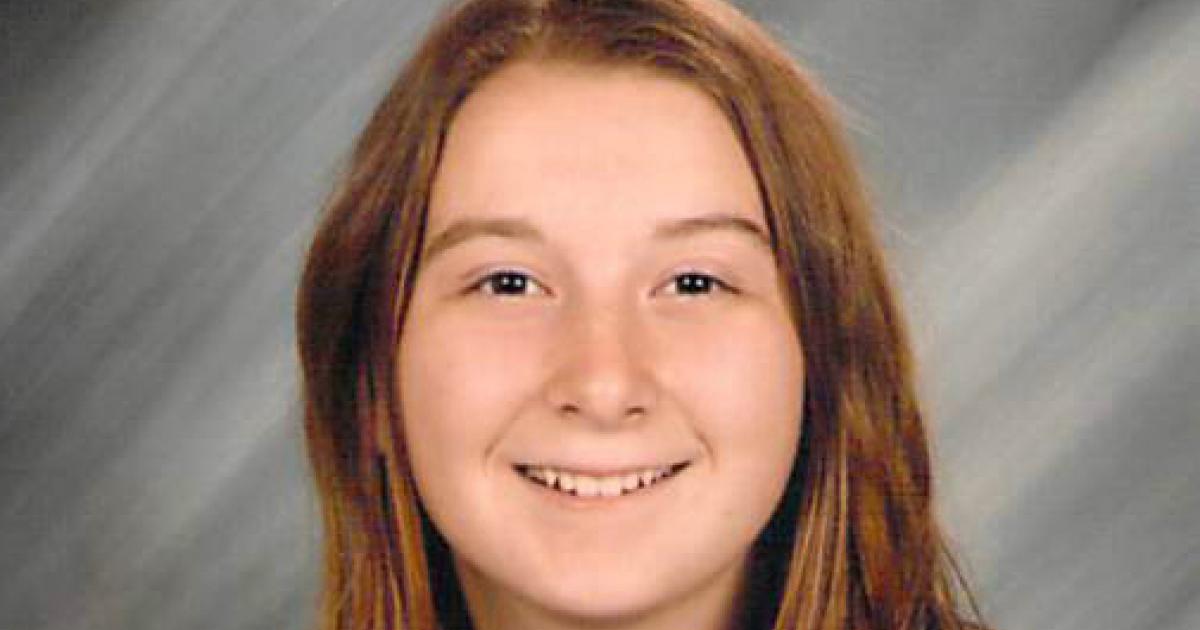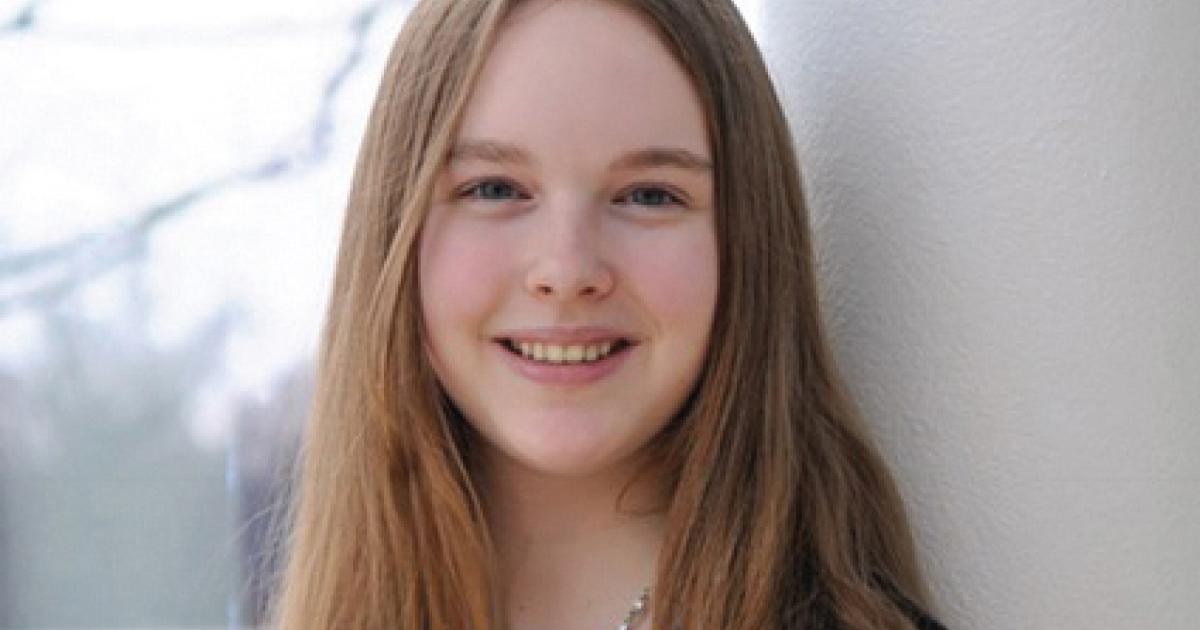Disclaimer: This story was written after a March 19 interview with N.D. State Health Officer Mylynn Tufte. We recognize that the COVID-19 pandemic is a day-to-day situation. Change persists. Updates to this story, if warranted, will be made available online at www.ndliving.com.
State Health Officer Mylynn Tufte and Gov. Doug Burgum speak at a March 17 press conference about the COVID-19 pandemic in North Dakota. PHOTO CREDIT JEREMY TURLEY/FORUM NEWS SERVICE

When China first confirmed reports that patients were being treated for a novel virus of unknown cause, some 1 million people were in New York City as the Times Square ball dropped on 2020, with millions more watching at home. The streets of Times Square are far quieter today, like the red scoria gravel roads of southwestern North Dakota. The world is battling a silent enemy – COVID-19, a novel coronavirus. Very few could have predicted that.
“I could never have imagined that this was going to be a global pandemic,” says Mylynn Tufte, state health officer for the N.D. Department of Health and Northern Plains Electric Cooperative member. “Our generation hasn’t lived through a global pandemic.”
As state and federal government continues to inform the public on COVID-19, through updates and guidance from the Centers for Disease Control and Prevention (CDC), the nation prepares for the worst.
“Our citizens, our businesses, our health care workers, they’ve been preparing for something, but it’s different when you’re actually in the fight,” Tufte says. “We’re still learning about novel coronavirus, too. That constant evolution of knowledge has helped either change some of our direction or how quickly and aggressively we move.”
The boots-on-the-ground strategy for North Dakota?
“Be prepared, know what your plan is, don’t panic, and it’s about personal responsibility and accountability. Stay home if you’re sick. If you’ve been exposed, just stay home. Let’s wait this one out,” she says. “We want people to take it seriously, and if they’re not, then we’re (state officials) not doing a good enough job.”
The state’s first case of COVID-19 was confirmed March 11 in Ward County, and the initial five case were reported in people with recent travel histories to affected areas. On March 18, the first two cases of community-spread coronavirus were reported, both in Morton County. As of this story’s writing March 19, the amount of COVID-19 cases in North Dakota doubled in just 24 hours, bringing the total to 15.
“This underscores the importance of practicing social distancing and following the president’s recommendations to slow the spread of COVID-19,” Tufte said in a health department press release.
The doubling effect or exponential growth of COVID-19 is seriously concerning for those at the helm working to control the spread. Tufte encourages the public to know their risk factors and take active measures, including social distancing or isolation, self-quarantining, covering coughs and practicing excellent hygiene and handwashing.
“We know that there is asymptomatic transfer (of COVID-19), so up until those symptoms show up, you may be spreading COVID-19, but you don’t feel it,” she says. “That’s what happens in community spread. You might not have a severe case, but you may have just spread that to two people, to four people and more. We’ve seen one super-spreader in a community can do a lot of damage.”
As serious as the COVID-19 pandemic is, Tufte stresses choosing “facts over fear.” There is anxiety in the general population about the coronavirus, including the youth, who may or may not understand why they can’t go to school or why they won’t be playing in the state basketball tournament.
“The adults need to keep a level head, give information and answer questions,” says Tufte, a mom of three and former critical care nurse. “Kids are pretty savvy because they’re online and talking to each other. They have a greater ability to put things in perspective, and they’re so resilient.”
While the internet and social media have allowed for quick dissemination and exchange of information important during a public health crisis, Tufte encourages folks to turn to trusted sources, like the CDC, the National Institutes of Health (NIH), the Food and Drug Administration (FDA), and locally, the N.D. Department of Health and partner state agencies.
“Just like a virus, if you have bad information, it spreads like wildfire,” she says.
Ultimately, every person has a role to play in the fight against COVID-19.
“Our ability to be a good neighbor to one another, to be a good family and community member, is going to be so important,” Tufte says. “Just remember, it’s not forever. This is not going to be our life as we know it, but we have to see that the spread is not continuing to be exponential. My hope is that the work we’re doing now will minimize the loss of life here.”
QUICK Q&A WITH MYLYNN TUFTE
If someone suspects they have COVID-19, what should they do?
Monitor their symptoms, stay put, keep hydrated, take care of themselves and try to stay healthy. If their symptoms are more severe or they want to seek health care, contact your provider over the phone and get guidance there. If you go to the emergency room or get in an ambulance, it’s important for those health care workers to know about your symptoms or COVID-19 concerns, so they can take the proper precautions to protect themselves and others.
Is North Dakota’s health care system prepared to handle this?
The people that are here are resilient. Our health care workers are good. The fact is that there’s not enough health care workers, there’s not enough hospital beds, there’s not enough equipment if we don’t take precautions. Even in a city like Seattle or New York, you can be rapidly overwhelmed with COVID-19.
Is there enough personal protective equipment (PPE), oxygen and respirators?
We have a better idea today of what we have and where it’s positioned and how we mobilize it. I would say that it’s not enough for people to be running around spreading COVID-19.
Do we have enough tests?
We don’t, yet. We want more tests. We want everyone who wants a test to get a test.
The CDC was only doing the testing to start, so the federal government has moved a lot of things to make sure that labs can do testing. Now, we don’t have the collection components, and providers are starting to make choices about who to test until they have enough supply for that collection.
What does “flatten the curve” mean?
Flattening the curve means trying to stop that exponential growth and keeping it contained, so that people aren’t infecting others and the exposed are much less in number. That helps keep the number of cases of COVID-19 lower, and spreads it out over a longer period of time, so hospitals are not overwhelmed with those who need care all at once.
When people get infected and they don’t know about it, they’re asymptomatic. They’re out and about and coming into contact with lots of other people, and those people are coming into contact with other people. Because they’ve interacted and had close contact with so many other individuals, we’re on this exponential curve of infection of COVID-19.
What’s your advice to employers?
We would encourage all businesses to take care of their workers. If they can work remotely or do other things to limit exposure, this should be done. If you have a business that is maybe less essential, please consider suspending your business. Employers with walk-in visitors open to the public should be screening both workers and anyone that’s coming through your doors. Do all you can to limit community spread.
What’s the message you can’t communicate enough?
Stay home if you’re sick, good hand hygiene, cover your cough, be a good neighbor. Those things are the bread and butter of what we’re trying to do with this social isolation.
How can we, as individuals, be better prepared for this in the future, after this pandemic is over?
This is a great opportunity to focus on ourselves from a health standpoint, and if there are ways to help people to stop smoking, to help people get healthier through diet and exercise. All of those prevention and health and wellness things we can do puts less burden on the health care system today and creates healthier habits for ourselves and the next generation.
Cally Peterson is editor of North Dakota Living. She can be reached at cpeterson@ndarec.com.


